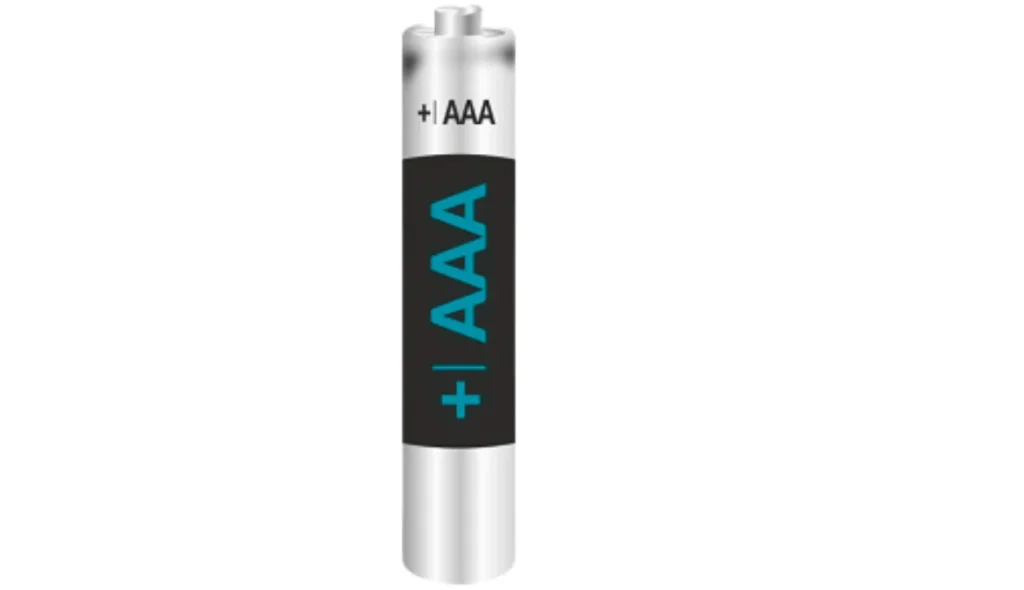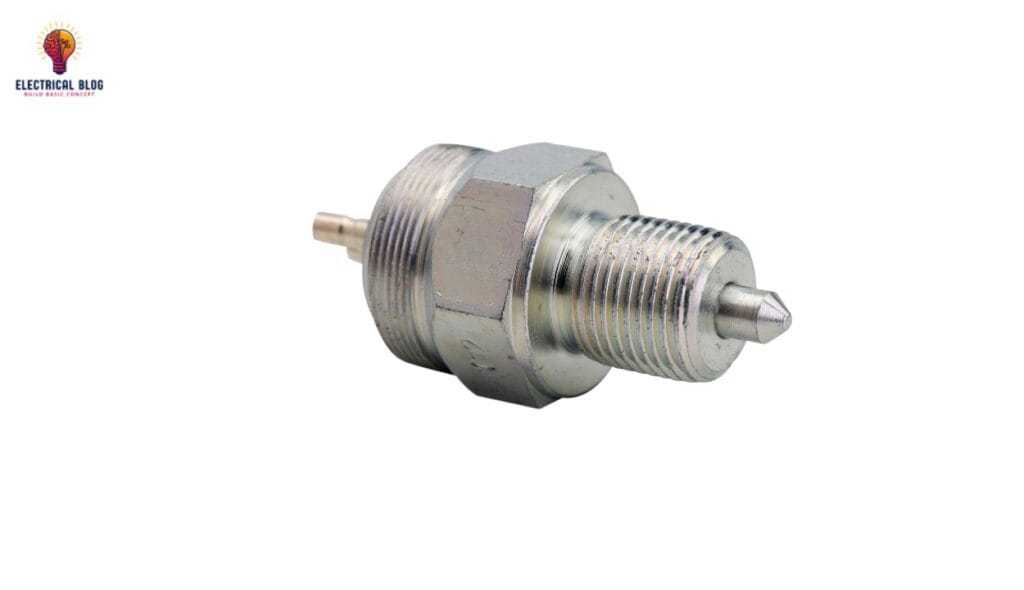Introduction
When choosing the right batteries, it is important to have a clear understanding of their differences. Both AA and AAA batteries are commonly used in various devices, but they vary in size, capacity, and application. While AA batteries have a larger form and higher power, AAA batteries are compact and preferred for small gadgets like remote controls and medical devices.
The practical uses of these batteries depend on the energy needs of a device, making the right decisions essential. Digital cameras and flashlights often require substantial power, whereas portable electronics work well with AAA batteries. This article explores AA Vs AAA batteries and their characteristics to provide insights that help users prioritize their battery requirements and offer a better understanding of their cost and voltage.
What is an AA battery?
The AA battery is a reliable power source found in many household devices. It is larger than AAA batteries, offering a higher capacity for toys, flashlights, and digital gadgets. With a cylindrical design, it fits securely into battery compartments, ensuring a steady flow of electricity. Its performance remains strong over the years, making it a preferred choice for both professional and everyday use.
Unlike smaller batteries, AA batteries provide a substantial output, reducing the need for replacing them frequently. Their robust build allows for consistent energy delivery, ideal for high-drain devices. The tactile click during installation ensures proper insertion, giving users instant feedback. Whether used in dry-cell technology or newer innovations, AA batteries maintain their practical value.
Their versatility makes them suitable for a variety of battery types, from Mignon to modern flexible designs. They emerge as a straightforward solution for powering tools that demand moderate to high power. The flexibility of these batteries allows them to adapt to different current needs, ensuring consistency in performance. With a strong supply of energy, AA batteries remain a benefit to countless applications. You can also read how to test a capacitor.

What is an AAA battery?
The AAA battery, also called triple-A, is a smaller and more compact power source used in many portable devices. It has a cylindrical shape with a reduced diameter and length, making it ideal for remote controls, alarm clocks, and electronic toys. The shift to AAA batteries is driven by technological advancements, as modern gadgets require more energy efficiency. Their importance continues to grow as battery technology evolves.
One key advantage of AAA batteries is their ability to fit into smaller gadgets without sacrificing performance. Their flexibility allows designers to create sleeker and lighter devices while ensuring a secure connection. Inserting them into battery compartments is straightforward, often accompanied by a click that confirms proper placement. These batteries efficiently blend power with space-saving functionality in modern electronics.
As the demand for portable power increases, manufacturers continue to innovate, improving battery technology for greater energy efficiency. The role of AAA batteries has expanded, making them a common choice for medical devices and other high-tech applications. Their ability to support efficient energy consumption without compromise has made them essential in modern electronic landscapes. They help meet the need for compact and reliable power sources.
With ongoing technological progress, the transition to AAA batteries supports the trend of miniaturization in consumer electronics. Their form factor allows for optimized space, enabling advanced gadgets to function at peak efficiency. As devices become more modern, the role of AAA batteries will continue to evolve to meet future energy demands while maintaining their distinct advantages. You can also read Three Phase Energy Meter.

Differences Between AA and AAA Batteries
Key Characteristics
The primary difference between AA and AAA batteries is their physical dimensions. AA batteries measure 14.5 x 50.5 mm, while AAA batteries are 10.5 x 44.5 mm, making them more compact and lighter. The larger size of AA batteries allows for higher capacity and longer battery life. Despite their size variation, both batteries maintain a nominal voltage of 1.5 volts, ensuring consistency in performance.
Since AAA batteries are designed for electronic toys, wireless keyboards, and remote controls, their lower volume makes them suitable for smaller devices. However, their internal resistance is slightly higher, meaning they may not last as long in high-drain applications. AA batteries, with their higher energy capacity, are ideal for gadgets requiring strong discharge currents. Users looking to standardize their battery supplies often choose batteries based on their designed purpose.
The installation of AAA batteries can be more challenging due to their small form, requiring proper handling to ensure correct contact with battery terminals. The use of zinc-carbon batteries historically influenced the development of these standard sizes, making it easy to interchange them in devices that can accept either. Their cost-effectiveness makes them a common choice for everyday use, balancing energy efficiency and convenience for users.
Practical Uses
AA batteries are known for their capacity and durability, making them ideal for demanding applications. Devices such as flashlights and digital cameras require a robust and reliable power source to function efficiently for extended periods. Their larger size allows them to store more energy, ensuring they meet the need for high power consumption in remote locations or outdoor activities. Recharging is not always feasible in such situations, making AA batteries a sufficient choice for users who need consistent performance. Many people appreciate their role in medical tools, where power stability is crucial for blood glucose meters and digital thermometers to provide accurate readings.
On the other hand, AAA batteries are preferred for their compactness and lightweight design, making them a great fit for smaller gadgets. TV remote controls, wireless mice, and other electronic devices benefit from their slim profile, ensuring easy handling and smooth operation. Their portability allows users to carry spare batteries conveniently, which is especially useful for medical applications. AAA batteries power many gadgets, including precise instruments that demand steady voltage. Their feasibility in replacing quickly ensures uninterrupted usage, making them a remarkable choice for everyday electronics. Whether in remote environments or at home, their benefits in low-power tools are undeniable.
Cost Differences
The cost of AA and AAA batteries depends on their battery type and intended use. Alkaline batteries are cheaper than lithium-ion or rechargeable options but have a shorter shelf life. Zinc-carbon batteries are the most affordable, suitable for low-power devices with shorter usage needs. For devices like digital cameras and portable audio players, investing in high-capacity batteries is recommended to ensure enhanced performance over prolonged periods.
For frequently used devices, rechargeable batteries like NiMH are a cost-effective option despite their higher initial price. They allow multiple recharges, reducing the recurring expense of buying single-use batteries. A photographer using a gaming controller or a digital camera benefits from frequent recharges for extended playtime. Though the upfront cost is expensive, it leads to long-term savings and better availability of power. Balancing these costs is important when choosing the right battery.
Consumers should assess their device requirements and consider the environmental impact of battery waste. A more economical approach is to optimize battery use based on performance and suitability. Devices requiring substantial power may need AA batteries, while AAA batteries work well for smaller electronics. The best approach is to evaluate both the ongoing cost and future benefits. Users who appreciate efficiency will find rechargeable batteries to be the most effective solution.
Can you substitute AA batteries for AAA batteries?
No, you cannot replace AAA batteries with AA batteries due to their size differences. AA batteries are physically incompatible with devices designed for AAA batteries, as they will not fit in the holder. Likewise, AAA batteries are too small and will rattle loosely in a device made for AA batteries, causing connection issues. When inserting a battery into a wall clock or remote control, using the wrong type can result in a malfunctioning device. Proper installation ensures proper contact with the terminals to avoid power disruptions.
Additionally, compatibility issues arise between rechargeable and non-rechargeable batteries due to voltage differences. Standard alkaline batteries provide 1.5V, while rechargeable ones offer only 1.2V, which can be problematic for certain applications. A smart TV remote requiring 3V from two AA batteries will only receive 2.4V if replaced with rechargeable ones, leading to a short runtime or malfunction. Since batteries are built to provide specific power levels, using the correct types ensures stable performance. Choosing the right series, diameter, and length prevents power failures.
Conclusion
Understanding the distinct features of AA and AAA batteries helps in choosing the right battery type for different devices. AA batteries provide robust power output, making them ideal for high-drain applications, while AAA batteries offer a compact and lightweight solution for smaller gadgets. Evaluating the cost and long-term savings ensures users make a suitable decision based on their specific requirements.
For those considering rechargeable options, assessing efficiency and performance is key to enhancing battery life. The initial purchase may seem high, but prolonged use of rechargeable batteries proves beneficial in many scenarios. By selecting the right battery, users can optimize energy consumption while balancing advantages and limitations to find the most optimal solution for their needs.



